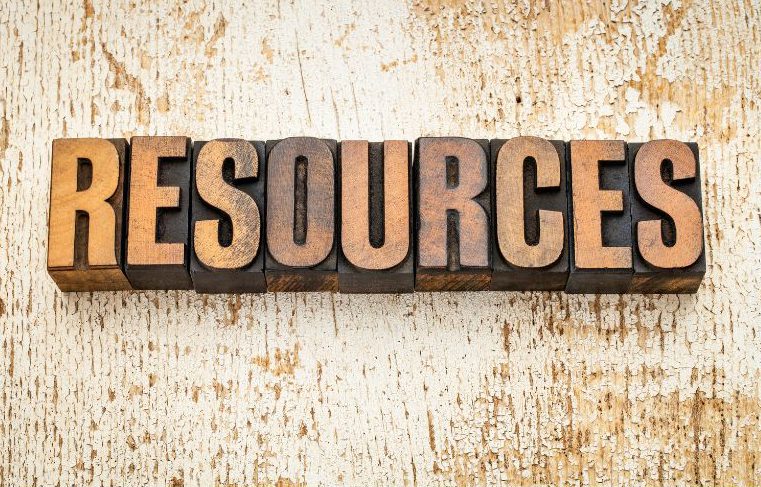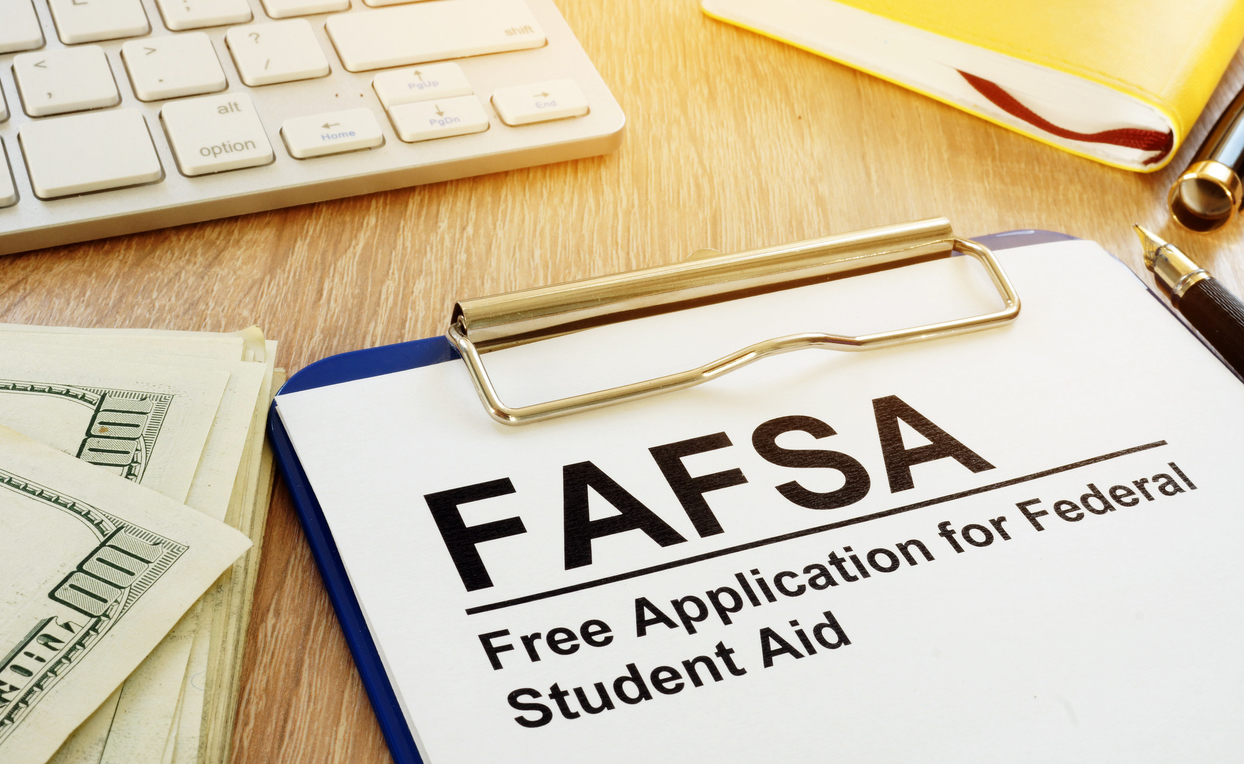
A New Allowance System for Financial Literacy
Posted March 31, 2014, 8:37 pm by
Updated in June 2024
Parents are the primary educators for teaching teens about financial literacy, and yet we do relatively little to support parents in this area. We don’t even have a contemporary collective agreement on what great parenting in this area looks like.
One thing we do know is that the way we were taught about money does not work anymore. Financial literacy in the U.S. hovers at 48%, according to the World Economic Forum, a 2% drop from 2022.
If we really want to create a generation prepared to meet the financial reality of adulthood with confidence and competence, let’s start with the most obvious point: Our teen’s financial future is in our hands.
What’s needed is a BRAND NEW WAY to teach our teens about money. We don’t need MORE of what we used to do, we need something totally new.
Introducing a new allowance model for teaching financial literacy
Consider the impact on your teen if you implemented it.
Tie your teen’s allowance to money management skills — not to chores, grades, or age.
It makes perfect sense because the better we are at managing our money, the faster it grows. So, it’s a true model of real life. After all, in real life, we don’t get a raise because we have a birthday, we don’t increase our net worth because we do the dishes, and we don’t get a raise when we do what is assigned to us at work.
We DO, however, increase our net worth when we manage our money well.
To make this system work, teach your teen to get raises in allowance by rewarding performance in money management. Help them be successful and reward them with raises.
Start by outlining an excellent, age-appropriate, money management strategy and checking in with your teen once a month. When your teenager shows you that he or she completed the following TWO tasks, give him a raise.
Modify or break this approach down to make it a progressive and step-by-step process that makes sense for you and your teen.
Ask your teen to do these two tasks each month:
Track their money.
Have your teen keep a money journal or use an online system, like MoneyTrail.net, Mint.com, or Tykoon.com for tweens. The object of this activity is to track net worth, not spending.
Teach your teen to track progress toward a goal, and the goal is to spend, save, invest, and give in a managed way that results in wealth building. This is probably the most fundamental money management strategy that anyone can use that has the most profound results.
Every month, sit with your teen and look at their spending, saving, and giving records. If they are complete and if there is net growth from last month, give them a small raise in their allowance.
Spend, save, give, and invest intentionally.
Teach your teen this money management strategy and watch their money start to work for them now and for the rest of their lives: It’s called the Silo System.
The Silo System
The program works by splitting all income into six categories:
-
- Necessities: 50% (This could be a checking account with a debit card.)
- Give: 10% (There are many ways to give online. Check out America's Charities.)
- Emergency Fund: 10% (This is an account that your teen is building for that rainy day when you-know-what hits the fan.)
- Financial future: 10% (This is your teen’s savings for later in life. This money goes into an interest-bearing account. When it grows to a certain amount, move it to a higher yield account.)
- Play: 10% (This is pocket money just for fun, spontaneous stuff.)
- Big Ticket Items: 10% (This is for expensive items your teen is saving for.)
Find a system that allows your teen to divide their money this way. Make it really workable. Use bank accounts and online tools. Take it step-by-step, and add one or two parts every month.
By making allowance tied to money management, you create a real-world experience and your teen is guaranteed to have habits in place that will serve him or her now AND for the rest of their life!
Also, check out our blog: 10 online resources for student financial literacy for additional resources.
Blog Categories
- Career Advice
- College Admissions
- Colleges & Universities
- Financial Aid and Scholarships
- For Counselors
- For Parents
- For Students
- Gap Years
- Mental Health and Wellness
- Online Learning
- Performing and Visual Arts
- STEM Majors and More
- Summer Programs
- Teen Volunteering
- Trade & Vocational Schools
- Tutoring & Test Prep

Organization with listings on TeenLife? Login here
Register for Free
We’re here to help you find your best-fit teen-centered academic and enrichment opportunities.
Forgot Password
"*" indicates required fields








